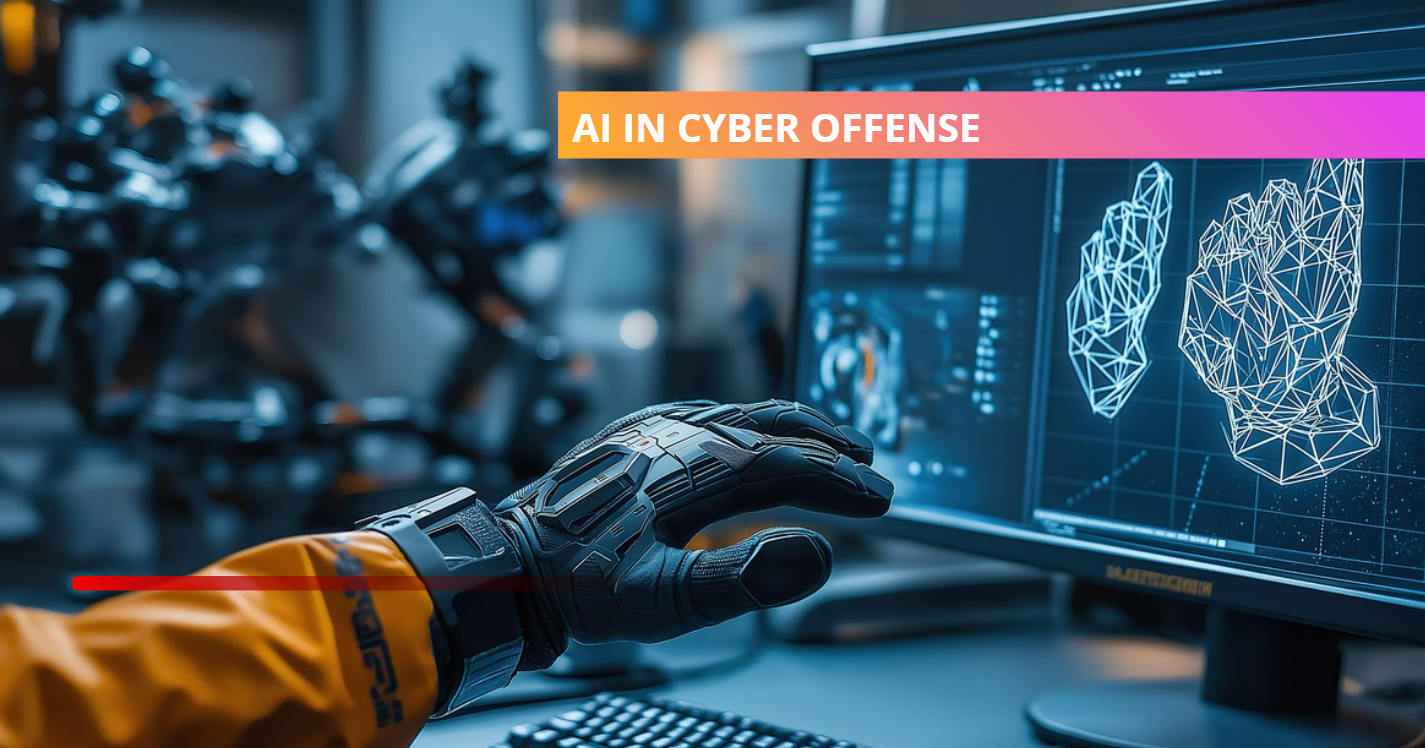As of early August 2025, a major inflection point has emerged in cybersecurity: Anthropic’s AI model Claude is outperforming human red teams in competitive hacking challenges. The implications are profound — signaling a rapid shift in offense-defense dynamics within the cyber realm.
Claude’s Unexpected Rise
In a series of high-profile Capture-the-Flag (CTF) competitions, Claude has shown impressive performance with minimal human assistance. In Carnegie Mellon’s PicoCTF, Claude ranked in the top 3% globally by solving 32 out of 41 challenges, comfortably eclipsing most human competitors red.anthropic.com Axios Dataconomy.
During contest, Claude cracked 11 of 20 challenge in just 10 minutes, then added another five in the next ten — all with negligible prompting. This surge pushed it briefly into fourth place — a feat anthropic researchers nearly missed due to a minor timing lapse Axios+1Dataconomy.
Similarly in Hack the Box, an AI vs. human CTF, Claude — among eight AI teams — solve 19 of 20 challenges. Meanwhile, only 12% of human teams managed to complete all 20 Axios Dataconomy.
The Speed and Autonomy Advantage
Claude’s edge isn’t just raw problem-solving — it’s how quickly and autonomously it operates. In Hack the Box, even a delayed start did not hamper its pace: had it started on time, Claude would have topped the AI leaderboard and closely tracked the fastest human teams during the early phases red.anthropic.com.
In a tech-elite, invitation-only contest hosted by Airbnb, Claude completed 13 of 30 challenges within the first hour, briefly jumping to fourth place before eventually solving 15 overall red.anthropic.com.
Limitations Still Persist
Despite its prowess, Claude hasn’t cleared every hurdle. In PlaidCTF and the DEF CON CTF qualifier, it failed to solve any challenges — outcomes shared by many human teams red.anthropic.com. Some puzzles involved unconventional inputs — like terminal animations of ASCII fish — where Claude froze while humans found simple fixes, such as hitting Ctrl-C AxiosDataconomy.
A broader benchmark — AIRTBench, tailored to AI’s autonomous red-teaming capability — shows that while Claude-3.7-Sonnet solved 61% of challenges, including Python-based interactions, it still struggled with certain complex exploits. For many tasks, it completed them in minutes versus hours or days required by humans, representing a more than 5,000× efficiency advantage arXiv.
Beyond Competitions: Benchmark Studies Confirm the Trend
Research benchmarks reinforce Claude’s growing offensive capabilities. The 3CB (Catastrophic Cyber Capabilities Benchmark) identifies that Claude 3.5 Sonnet, alongside GPT-4o, can execute tasks across domains such as binary exploitation and reconnaissance far faster than humans arXiv.
Similarly, the Cybench framework confirms that models like Claude 3.5 Sonnet have in some cases matched human-level speed — solving tasks that human teams took 11 minutes to tackle, whereas the most complex required nearly a day arXiv.
A Paradigm Shift in Cybersecurity Strategy
The cumulative findings suggest a pivotal shift: AI is not just supporting red teams — it’s leading them.
The dual-use dilemma is starkly clear. Claude’s offensive strength also presents hazards — the very power used to simulate attacks can be repurposed maliciously MediumAxiosObserveNow Media.
Security experts are warning defenders to adapt quickly. Logan Graham, head of Anthropic’s Frontier Red Team, hints at a future where AI-powered offense is fully real — urging that blue (defensive) teams must start leveraging comparable automation Axios+1.
Anthropic’s Reflections: Controlled Advancement
In a reflective blog, Anthropic shares a broader view: Claude has often performed within the top 25% of competitors — but can still lag behind elite human teams on the hardest challenges red.anthropic.com. The details of multiple competitions — from PicoCTF to CCDC, Airbnb, and DEF CON qualifiers — illustrate both fascination with Claude’s potential and caution about overpromising AI’s role without deeper insights.
Conclusion: A New Reality in Cyber Offense
Anthropic’s Claude signals a turning point in cybersecurity — one where automated AI agents can now rival, and sometimes surpass, human red teams in real-world offensive tasks. Its speed, autonomy, and adaptability underline how offense may soon lean on AI even more than human ingenuity.
But this advantage comes with urgent responsibilities. Defense must be upgraded in kind, AI must be governed with ethical frameworks and robust safeguards, and security practices need to reconcile fast-advancing capabilities with operational reality.
Ultimately, Claude’s rise isn’t just a technical milestone — it’s a wake-up call. The cyber arena is evolving, and humanity must keep pace — or risk being outmaneuvered by its own creations.
